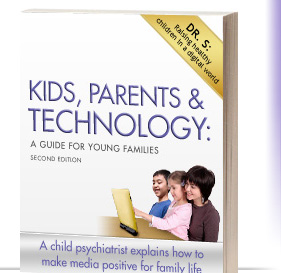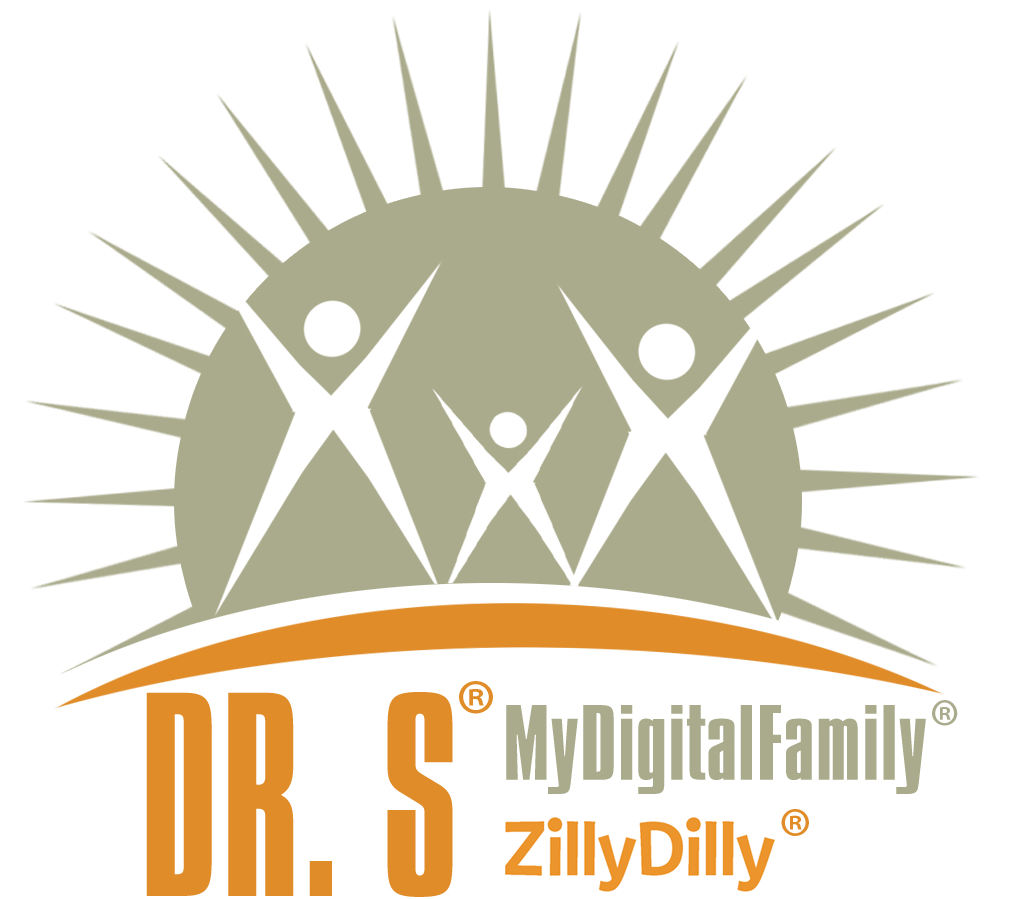ROBOTS AND LANGUAGE — WHAT IS HUMAN?
We now build very special personal machines that speak with us uniquely, so how we interact with them tells a lot about us as individuals, cultures, and civilizations. The stuff of Pinocchio is here. Are we confusing ourselves about what it basically means to be human beings? Will it affect how humanely we treat each other? Will we soon need to assert our distinct humanity to stand apart from machines? Or will we become more like them?
We communicate in language with these machines. It is processed differently by our living brain than by machines. In human terms, I use the word “language” in the broad sense of any set of visible or audible or feel-able abstract signs, where each sign triggers a neural process that leads to a knowable activity or mental process. So music, math, hiking a football, reading, etc. are languages based on different systems of signs.
IMHO being human is about using the highest development of language and its supporting non-verbal and motor functions. Language drives the most nuanced integrated expressions in spoken or written words, music, dance, virtuoso playing and singing, etc. that can also lead to spiritual and other similar experiences, gifted thinking, altruism, courage, love, brilliant innovation…
Besides being the main way our brain receives and sends information that connects us to our fellow humans, language also structures and organizes our high level social and intellectual functions and governs our healthiest behaviors. Language is a principal element of the mind. Language, mind / brain, and behavior are intimately connected.
Progress in neuroscience is dramatically accelerating our understanding of the brain and its collective functions, which we know as the mind. These two nouns refer to the same organ. Such an intimate connection between an organ and its activity should seem as intuitively obvious as, for example, the familiar relationship between the musculoskeletal system and its activities — movement, support, and posture. “I use my leg muscles, therefore I move,” is familiar.
Yet, there is no such comfortable identity for brain and mind: Mind / brain unity is confusing because each feels intuitively unique, in different domains or realms of experience, even to those who see and work with these miraculous, strange-looking organs. “I use my brain to think / feel / have consciousness, etc., therefore I am,” feels unfamiliar and even uncanny: “I use my brain to be?” “I use my brain to move my feet,” is easier to reconcile, but less personal and more in the nature of a learned factual statement.
How about, “I use my brain to have a mind”?
That makes sense. For example, when brain activity continues without evidence of a functional mind, we refer to a person as brain-dead. The strongest evidence for return to full health after injury to the brain is the full restoration of prior mind activities, especially nuanced language abilities.
Spoken language is a key factor, leading to one more recent problem with “I”. Thinking machines speak to us as if they are beings endowed with “I”s, as do Apple’s Siri or most automated airline reservation phone systems: “I don’t understand what you are saying, Eitan. Shall I search the Internet?”
Does Siri really have an “I” in the broad sense we use the personal pronoun? Our “I” is now insidiously claimed by our nonhuman tools, our disembodied robots. And the uncanniness of Hal, the supercomputer in Kubrick’s 2001, is now weirdly part of being called “you” by Siri and her family of disembodied robots. I still find it creepy when Siri calls my name and addresses me as “you”. And I resent it, because I am human and Siri is not.
Are we back to childhood animistic thinking? Yes, we are actually now finally really interacting withThe Little Engine That Could. So the relationship between your mind, your “I”, and its material basis, your brain, is now even more complicated. (That’s something to keep in mind about our kids’ futures as enormously engaging life-like robots enter their lives increasingly, as are now iPads and other tablets and described in my CRIB ROBOTS article.)
Should we be more careful about the boundary between us and the inanimate world? Dr. Sherry Turkle has studied how our children are trying to resolve this difference.
Article by Eitan ‘Dr. S®’ Schwarz, MD
©All rights reserved



Robots and Language: What is “I”?
Originally published by ThinkerMedia: BestThinking.com on October 3, 2013
ROBOTS AND LANGUAGE — WHAT IS HUMAN?
We now build very special personal machines that speak with us uniquely, so how we interact with them tells a lot about us as individuals, cultures, and civilizations. The stuff of Pinocchio is here. Are we confusing ourselves about what it basically means to be human beings? Will it affect how humanely we treat each other? Will we soon need to assert our distinct humanity to stand apart from machines? Or will we become more like them?
We communicate in language with these machines. It is processed differently by our living brain than by machines. In human terms, I use the word “language” in the broad sense of any set of visible or audible or feel-able abstract signs, where each sign triggers a neural process that leads to a knowable activity or mental process. So music, math, hiking a football, reading, etc. are languages based on different systems of signs.
IMHO being human is about using the highest development of language and its supporting non-verbal and motor functions. Language drives the most nuanced integrated expressions in spoken or written words, music, dance, virtuoso playing and singing, etc. that can also lead to spiritual and other similar experiences, gifted thinking, altruism, courage, love, brilliant innovation…
Besides being the main way our brain receives and sends information that connects us to our fellow humans, language also structures and organizes our high level social and intellectual functions and governs our healthiest behaviors. Language is a principal element of the mind. Language, mind / brain, and behavior are intimately connected.
Progress in neuroscience is dramatically accelerating our understanding of the brain and its collective functions, which we know as the mind. These two nouns refer to the same organ. Such an intimate connection between an organ and its activity should seem as intuitively obvious as, for example, the familiar relationship between the musculoskeletal system and its activities — movement, support, and posture. “I use my leg muscles, therefore I move,” is familiar.
Yet, there is no such comfortable identity for brain and mind: Mind / brain unity is confusing because each feels intuitively unique, in different domains or realms of experience, even to those who see and work with these miraculous, strange-looking organs. “I use my brain to think / feel / have consciousness, etc., therefore I am,” feels unfamiliar and even uncanny: “I use my brain to be?” “I use my brain to move my feet,” is easier to reconcile, but less personal and more in the nature of a learned factual statement.
How about, “I use my brain to have a mind”?
That makes sense. For example, when brain activity continues without evidence of a functional mind, we refer to a person as brain-dead. The strongest evidence for return to full health after injury to the brain is the full restoration of prior mind activities, especially nuanced language abilities.
Spoken language is a key factor, leading to one more recent problem with “I”. Thinking machines speak to us as if they are beings endowed with “I”s, as do Apple’s Siri or most automated airline reservation phone systems: “I don’t understand what you are saying, Eitan. Shall I search the Internet?”
Does Siri really have an “I” in the broad sense we use the personal pronoun? Our “I” is now insidiously claimed by our nonhuman tools, our disembodied robots. And the uncanniness of Hal, the supercomputer in Kubrick’s 2001, is now weirdly part of being called “you” by Siri and her family of disembodied robots. I still find it creepy when Siri calls my name and addresses me as “you”. And I resent it, because I am human and Siri is not.
Are we back to childhood animistic thinking? Yes, we are actually now finally really interacting withThe Little Engine That Could. So the relationship between your mind, your “I”, and its material basis, your brain, is now even more complicated. (That’s something to keep in mind about our kids’ futures as enormously engaging life-like robots enter their lives increasingly, as are now iPads and other tablets and described in my CRIB ROBOTS article.)
Should we be more careful about the boundary between us and the inanimate world? Dr. Sherry Turkle has studied how our children are trying to resolve this difference.
Article by Eitan ‘Dr. S®’ Schwarz, MD
©All rights reserved